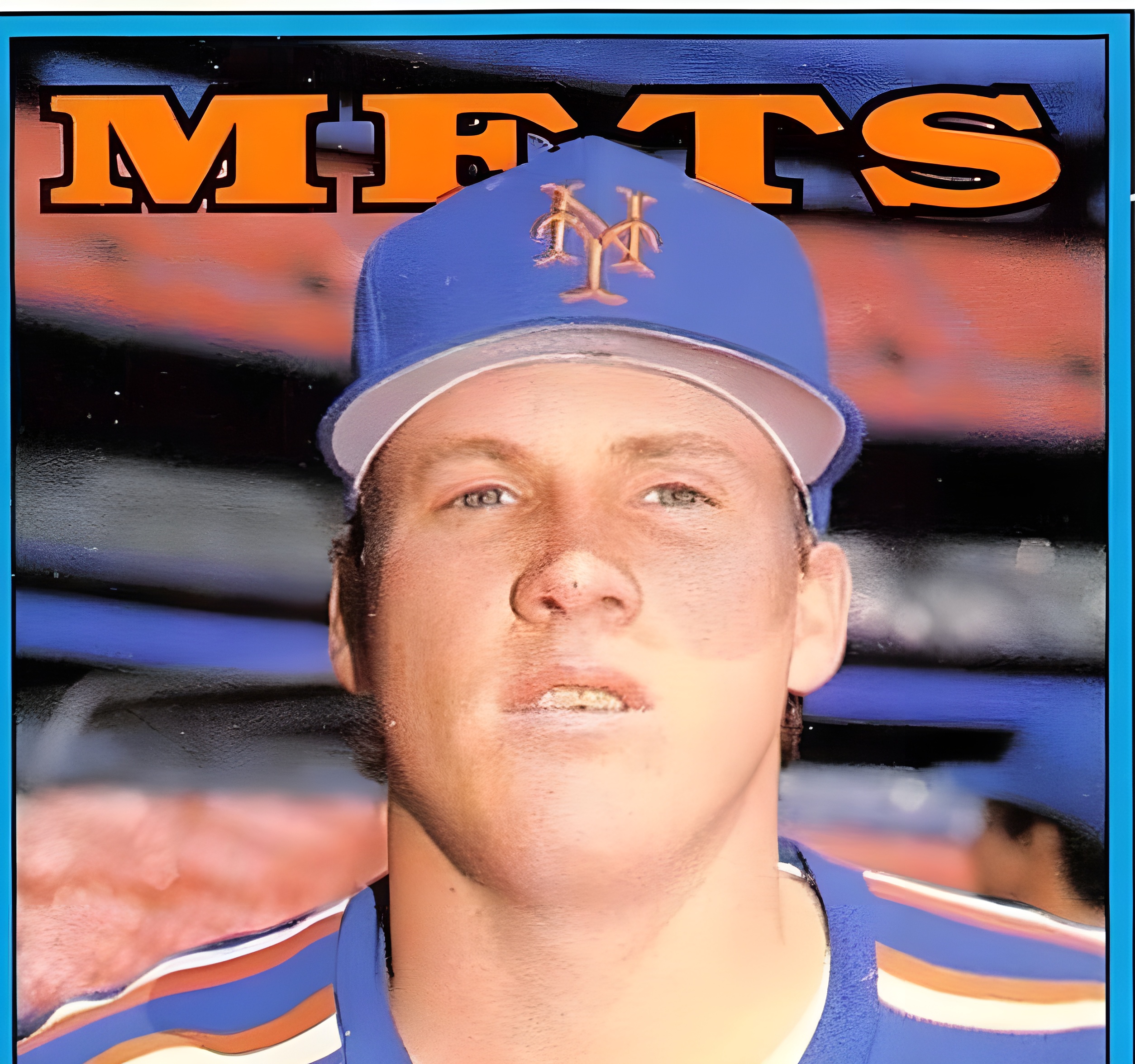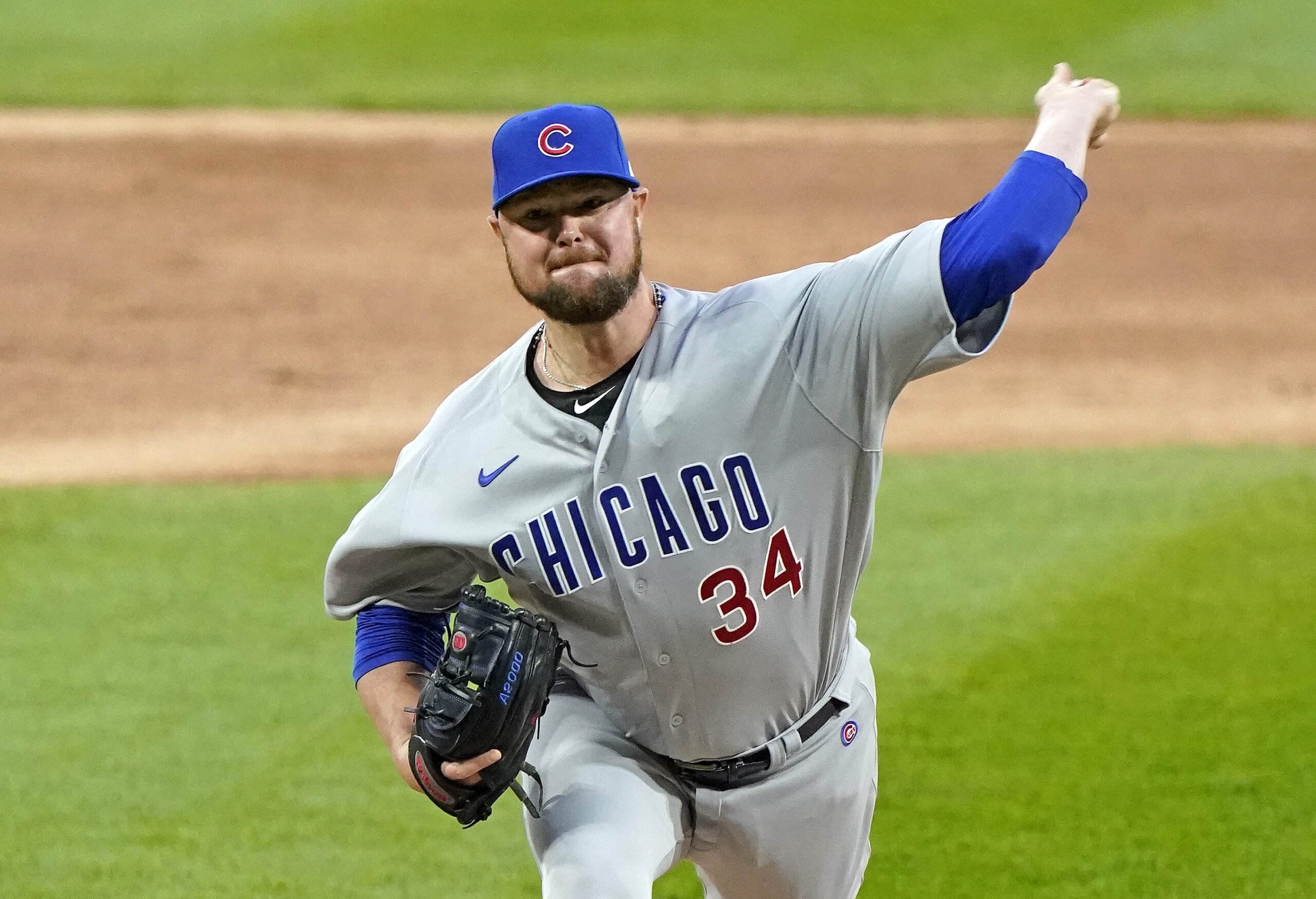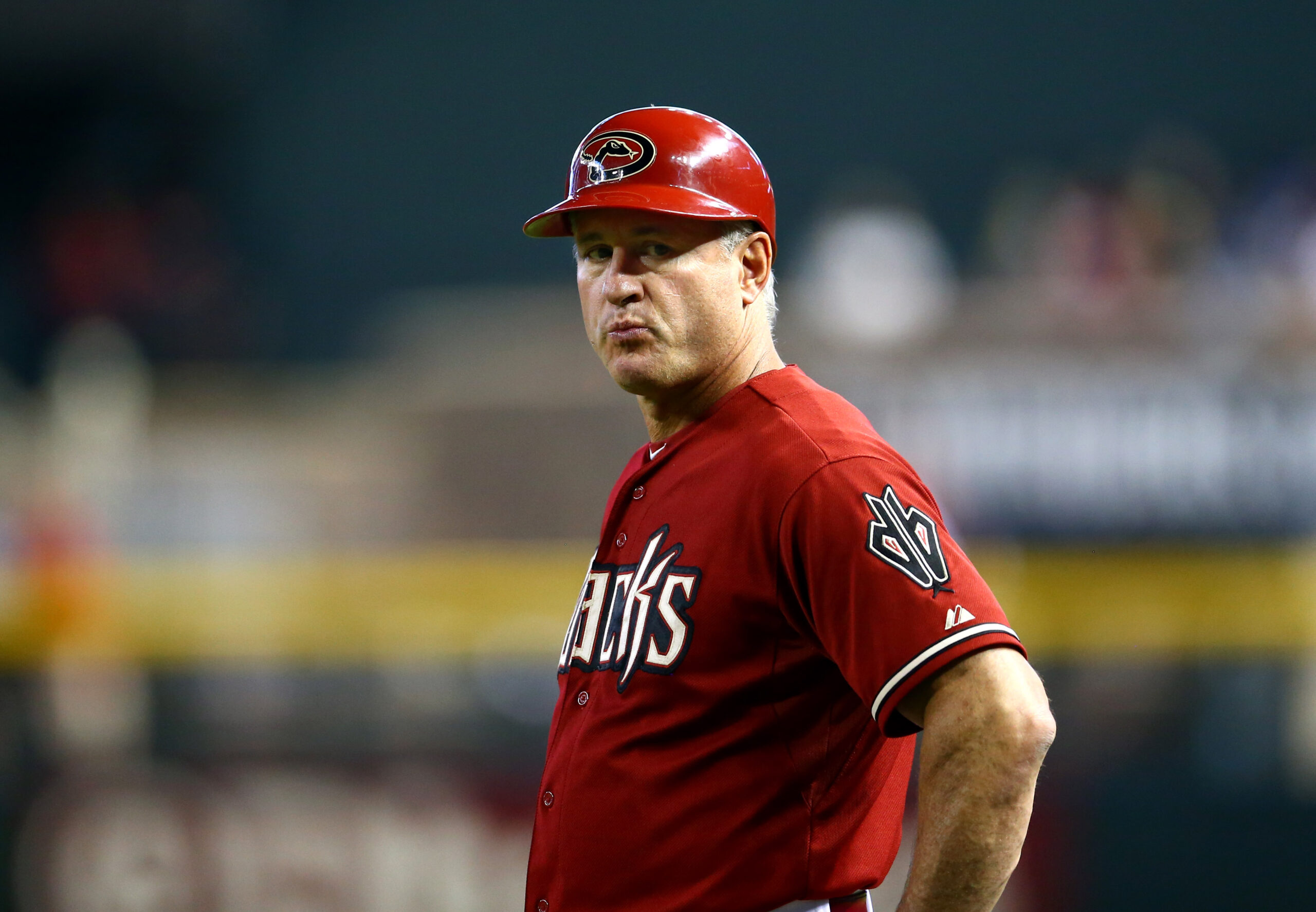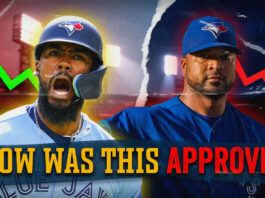
Baseball seduces fans with its illusion of consistency. The 60-feet-6-inches from mound to plate never changes. The bases remain 90 feet apart. Yet beneath this mathematical certainty lurks the messy human element that makes the game endlessly fascinating.
Research suggests nearly one in five big leaguers will battle some form of performance anxiety during their careers. The game’s greatest champions aren’t immune. Sometimes the most routine plays—the ones performed thousands of times without thought—suddenly become impossible puzzles. Baseball’s cruelest trick isn’t the curveball; it’s the mirror it holds up to human fragility.
7. Mackey Sasser: When Simple Becomes Impossible

Ever forgotten how to do something automatic, something muscle memory should handle without conscious effort? Now magnify that feeling under the bright lights of Major League Baseball.
Mackey Sasser’s throwing yips arrived after a brutal 1990 home plate collision. Before the incident, Sasser was batting a robust .307 and looking like the Mets’ catcher of the future. After it, he became baseball’s most visible case study in how the mind can sabotage the body. The bizarre part? He could still gun down runners stealing second with laser accuracy. The simple toss back to the pitcher—the one made 150 times per game—became his personal Everest.
His batting average tumbled to .253 the following season as the mental weight crushed his confidence. By 1995, he was out of the game entirely. Years later, a specialized psychological technique called “brainspotting” helped him recover what baseball had taken. Now he passes that wisdom along as a college coach, turning his baseball tragedy into teaching gold.
6. Jon Lester: The $155 Million Blind Spot

Every pitcher alive has practiced the pickoff move since Little League. Jon Lester somehow made it optional.
Lester collected 200 wins and five All-Star selections despite a flaw so glaring it defied logic. Around 2012, base runners noticed something odd—this elite pitcher couldn’t throw to first base. The weakness became baseball’s worst-kept secret. During a 2014 playoff game, runners took leads so aggressive they were practically in scoring position before the pitch. Yet the Cubs still handed him $155 million that winter, proving great pitchers get paid even with factory defects.
Lester adapted with veteran craftiness. He shaved his time to home plate from 1.5 seconds to 1.1, neutralizing stolen base attempts. He occasionally flipped his entire glove to first instead of throwing the ball—a move that looked like something from a circus sideshow, not a baseball diamond. His ability to overcome this glitch shows why baseball people talk about “makeup” as much as talent. Some players rebuild their entire approach rather than face their demons.
5. Steve Sax: When Routine Goes Rogue

The 1983 season saw Steve Sax seemingly forget how to perform the baseball equivalent of walking—throwing from second to first base.
The five-time All-Star developed such a severe case of the yips that Dodger Stadium fans sitting near first base started wearing batting helmets as protection. Not exactly the fan experience the marketing department had in mind. That season, Sax committed 30 errors, leading all second basemen in baseball’s most unwanted statistic.
His recovery came through mental simplification. Rather than overthinking each throw, he adopted a “just wing it” approach centered on muscle memory. The technique worked—his errors dropped to just 16 the following season. Unlike some others afflicted with the baseball yips, Sax made a complete recovery. He later revealed that remembering his father’s words of encouragement helped break the psychological logjam, proving that sometimes the solution to professional problems comes from personal places.
4. Chuck Knoblauch: When Excellence Evaporates

Chuck Knoblauch’s defensive collapse stands as baseball’s most dramatic case of the yips—like watching a master chef suddenly unable to boil water.
This wasn’t your garden-variety slump. Knoblauch had won a Gold Glove in 1997 as one of baseball’s premier defensive second basemen. By 2000, his throws weren’t just missing the first baseman—they were endangering fans in the stands. His fielding percentage plummeted from .983 to .969 as he tallied 26 throwing errors in a single season.
The Yankees, not known for their patience, finally surrendered in September 2000, moving their four-time All-Star to the outfield. The change proved that some mental blocks resist even the most determined efforts to overcome them. After eight years as an infielder, Knoblauch finished his career in the outfield shadows, his throwing issues never resolved. His case reminds fans that not every baseball story has a Hollywood ending, no matter how much talent or determination is involved.
3. Alex Verdugo: The Allergic Batter

What happens when a ballplayer discovers they’re allergic to the tools of their trade? For Alex Verdugo, baseball’s everyday equipment turned traitor.
From 2021 through early 2024, Verdugo maintained a respectable .270 career batting average for the Red Sox and Yankees. Then came the mysterious slump of 2024, when his average cratered to .233 by mid-season. The culprit wasn’t bad mechanics or pressing at the plate—it was science betraying art. Verdugo discovered he was simultaneously allergic to his batting gloves and his tattoo ink.
The double chemical reaction created the perfect storm of discomfort for a hitter whose livelihood depends on hand sensitivity. After switching to custom hypoallergenic gloves and receiving treatment for his tattoo reactions, Verdugo homered in his first game back. His batting average climbed nearly 20 points over the following weeks, proving that sometimes slumps have less to do with swing paths than with biochemistry.
2. Pete Fairbanks: When Your Body Betrays You

Most baseball players take for granted the ability to feel their fingers. For reliever Pete Fairbanks, that luxury disappears when temperatures drop.
Fairbanks battles Raynaud’s syndrome, a circulatory condition that reduces blood flow to the extremities in cold weather. For a closer who makes his living with precise finger pressure on the baseball, it’s comparable to asking a pianist to perform while wearing winter gloves. On May 17th, 2023, despite multiple layers of clothing in chilly Chicago, he surrendered a walk-off homer after being untouchable all season.
His adaptation requires creativity. Fairbanks now uses heated gloves between innings, applies warming creams, and sometimes takes vasodilator medications before cold-weather games. His career 3.26 ERA would likely be even more impressive without this physiological handicap. Baseball statistics track everything except human frailty—the record books have no column for “performance despite numbness.”
1. Josh Hamilton: Daylight Struggles

Josh Hamilton dominated baseball at night and disappeared in the daylight—a statistical split so dramatic it demanded investigation.
The numbers told the story. During summer 2011, Hamilton batted a stellar .374 under the lights but a dismal .122 during day games—a 252-point difference that defied conventional explanation. Medical experts eventually pinpointed the likely culprit: Hamilton’s bright blue eyes made him unusually sensitive to sunlight conditions.
Hamilton approached the problem methodically. He experimented with specialized contacts, various eye drops, different sunglasses, and even exaggerated squinting techniques. By 2012, his daytime numbers improved significantly. A late-season diagnosis of ocular keratitis—inflammation of the cornea due to light sensitivity—provided answers and targeted treatments. His adaptation demonstrates how elite athletes overcome physiological limitations that threaten career trajectories. Sometimes the greatest opponent isn’t the pitcher on the mound but the limitations of the human body.



